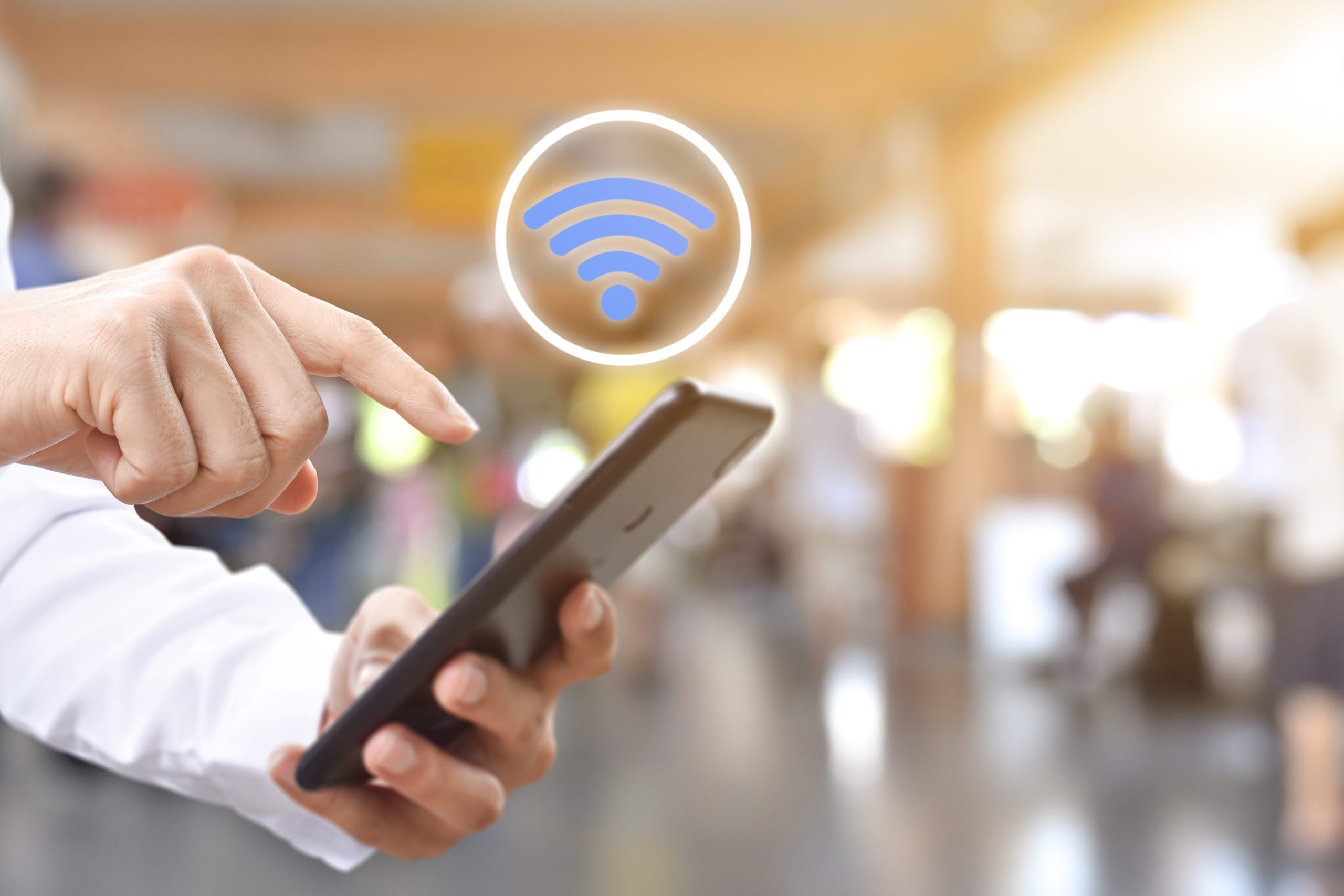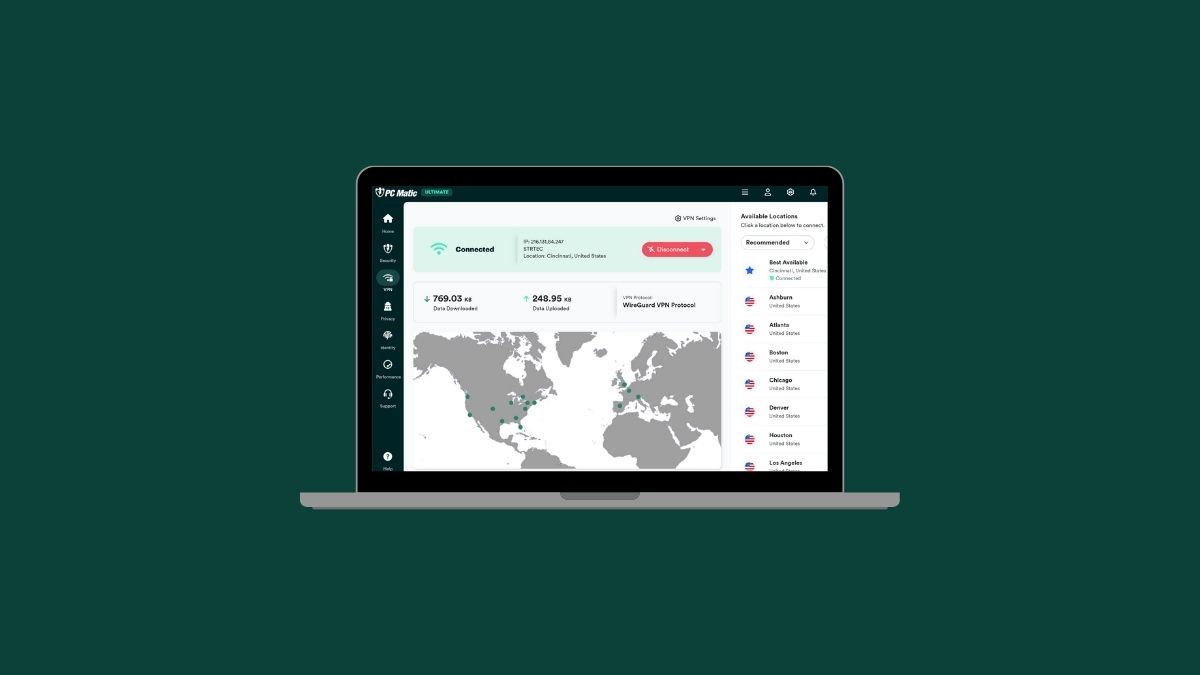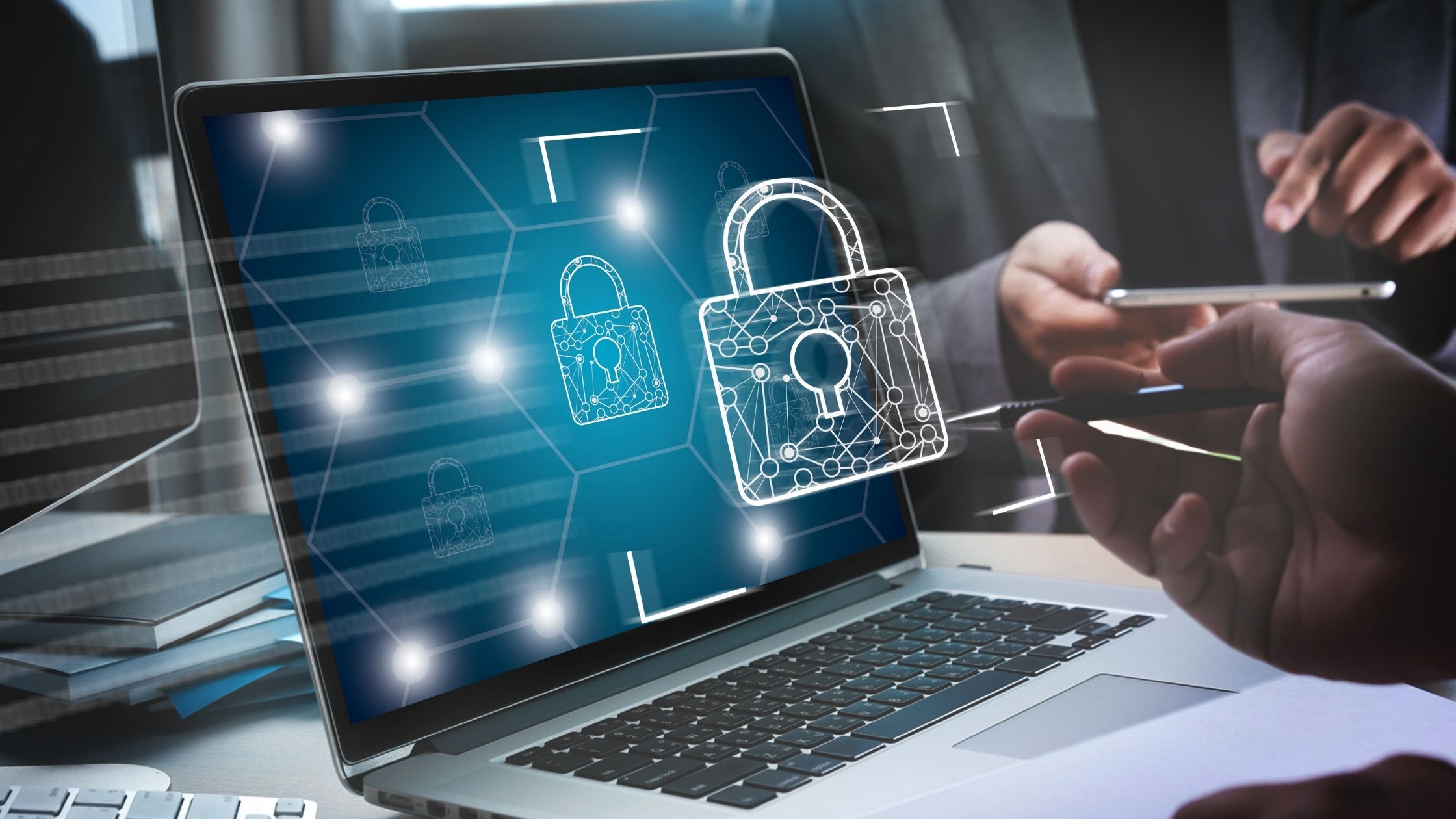Public Wi-Fi networks have been considered a modern convenience for many. Most people rely on it to get work done or other purposes if they don’t have their own Internet. Despite the fact that the main benefit is that you get Internet for free, there are security risks that exist.
This guide will discuss them in detail. You will learn about some of the common security issues that exist with public wi-fi networks. We will dive into the basic understanding of how they work and the best practices you can utilize in order to use these networks safely and securely.
We have written this guide for not only users of public wi-fi networks, but also business owners or franchisees that may offer them in their local area. Both groups of people must be proactive in taking steps in taking advantage of free wi-fi without worrying about the cybersecurity risks that hackers can conjure up – whether it is remote or even close by.
Understanding Public Wi-Fi Networks
Public wi-fi networks are typically found in coffee shops, airports, hotels, public libraries and other places where free wifi is available. This service is available to those who may need Internet access promptly.
Many forgo private wi-fi due to financial constraints. Others may rely on it since they tend to be far from home. Either way, public wi-fi networks have been seen as a modern day convenience.
What are the characteristics of public wi-fi networks?
There are several different characteristics that are offered by wi-fi networks available to the public. Here is a look at what each of them are:
- Accessibility: This is one of the chief characteristics. It provides a broad range of accessibility to individuals who may be close by. They provide connectivity that is seamless and effortless, taking seconds to connect. You will be able to connect with the online world and be able to use your social media, email, or even browse the web among other things.
- Infrastructure: Users can connect and utilize a public wi-fi network simultaneously. That is because it operates in a shared infrastructure setting. Even though multiple people are able to use public wi-fi, the issue that may exist is congestion. When this happens, network performance may be hindered – especially during periods where usage is high.
- Bandwidth: Since these wireless networks are public, the bandwidth availability is limited. This is considered a necessary negative in order to accommodate multiple users. The major issue users will face is reduced network performance and slower speeds – even during peak periods. Such speed and performance issues can exist at any time if data consumption is high. If you intend to use public wi-fi for such activities like transferring files that are large in size, online gaming, or streaming content that is in high-definition, you may experience such issues pertaining to the performance and speed such as reduced picture quality, occasional buffering, and other issues.
- Privacy: People intending to use public wi-fi will often voice their concerns about privacy (and rightfully so). The main reason is that it is available on a shared network. Which means that when connected, you may be transmitting personal information or even other sensitive information that could potentially place their identity in a dangerous situation. It might be a good idea to reconsider using your credit card if you plan on making an online purchase. Nonetheless, the lack of privacy can provide hackers with opportunities to intercept this information using their abilities to do so. They can also attempt to gain access to user devices – albeit unauthorized. For these reasons, it is important to implement security measures that will protect yourself while using public wi-fi.
- Signal strength: The signal strength of public wireless networks can fluctuate throughout the day due to several factors. This can include congestion, obstructions, and the distance a user may be from the access point. Likewise, if you are close enough to the access point you will notice a stronger signal on your device compared to being further away from it. This means the connection reliability will differ depending on the signal strength.
- Connection reliability: The reliability of a public wi-fi connection can differ due to several factors. The most common is network congestion, with interference from other electronic devices being another. Any physical obstructions that may be in the way of the router or signal can also play an adverse role. For these reasons, a user may experience slower speeds or even dropped connections – leading them to reconnect on a repeated basis.
- Security measures: In a public wi-fi network, one of the most glaring issues is the limited amount of security measures implemented. Users should have their data and privacy protected in the same manner as a private network offers. The reason why such concerns exist is because public wi-fi focuses more on helping users get connected to the network in a timely manner. Such priorities cause public wi-fi providers to overlook what seems obvious.
- Restrictions: Public wi-fi will typically implement restrictions so network resources are allocated effectively. Meaning that activities like peer-to-peer connections, file sharing, or even restricting certain websites will be possible depending on the network.
What Are The Common Misconceptions With Public Wi-Fi Networks
There are certain misconceptions that users of public wi-fi may consider as truthful. In reality, there are some things that are not what they seem. Let’s uncover some of these misconceptions so you know the actual truth about using public wi-fi:
It doesn’t provide privacy and security
Whether you know it or not, public wi-fi doesn’t offer the same privacy and security that a private network would otherwise offer. Since the top priority is providing users with quick and seamless connections, online security is often overlooked.
One of the major risks of using public wi-fi is that you are setting yourself up for potential security risks. Another user could have nefarious purposes such as intercepting login credentials or other pieces of sensitive data that you thought was for your own private viewing. Because of the fact that public wi-fi networks are not private nor secure, you’ll want to take the necessary precautions in order to protect any data you may have on your devices.
If you have to login to a website or your social media profiles, consider utilizing two-factor authentication for better protection. You should also be mindful of any unrecognized links that may be sent to you such as phishing links or anything related to cyberattacks.
Whether unsuspecting users know it or not, they may also be victims of eavesdropping or snooping. That’s why it is important to shut down any opportunity where someone may be gaining unauthorized access – whether if they are close by or far away.
Another thing to consider is using a Virtual Private Network (or VPN service). This is designed to provide you with an encrypted connection while hiding your IP address. You can be able to access websites and online services safely.
When visiting websites, even the ones you visit frequently, check to see if they have an SSL certificate – which ensures that the site is secure.
Just remember that no public wi-fi is not found on a secure network. Thus, you’ll be potentially dealing with public wi-fi risks every time you connect. Make sure you have the necessary protection measures in place so you are confident knowing your device is still useful in a public setting.
This includes installing the latest updated versions of your antivirus, firewall, or any other relevant security patches that may exist for apps, software, or any programs you may use – regardless of the device you have on hand.
It should be obvious that you must not access unfamiliar links or download unknown files. Doing so can lead to potential cyberattacks including the installation of malware or even malicious software. Hackers will find a way to intercept your personal data – and public wi-fi networks will make it much easier because the networks will most likely be unsecured.
You won’t always have a strong signal
Public wi-fi networks won’t always have signal strength that is strong and reliable. It will change depending on various factors. If you are close to an access point, the signal will be strong. Yet, the farther away from it you will be, the weaker the signal.
Network congestion and even obstructions can play an adverse role in signal strength. You may face the increased likelihood of signal interruptions or even droppage.
The bandwidth is limited
Think you’ll get bandwidth that will allow you to do it all? Think again. The capacity is much more limited than one can assume.
Since the wi-fi is on a shared network, it allows simultaneous connection. When this happens, the speed of the network slows down. During peak hours, you may expect congestion.
When a public place offers fast, reliable wi-fi keep in mind that it won’t always be the case. You may be accessing it at a time when others are already connected. If you are fortunate enough, you may be connected when no one else is.
There are usage restrictions
You may already have a home wi-fi network that allows you to access websites without restrictions. However, you will not have that luxury in a public setting. Meaning the websites you normally access at home may not be as easy in a public network such as a coffee shop.
Please note that the wi-fi network restrictions will likely exist. It may differ from one wi-fi hotspot to another, but still they will be in place for a reason. You may use a VPN in order to bypass the restrictions.
However, such a solution won’t always be a guarantee.
Security Risks of Public Wi-Fi
Now that you have an understanding of what really is the case with public wi-fi, we’ll go more in-depth about the security risks that exist. We will take a look at four common attacks that exist and how they can pose a threat to unsuspecting users.
Here is a look at the following risks to be aware of:
Man-in-the Middle Attacks
Better known as MitM attacks, the purpose of this is eavesdropping. How it works is when one computer makes a connection to an Internet network. Next, it creates a connection to a website or service. From there, an attacker can seize any vulnerabilities that may exist.
They will use MitM in order to read transmissions that may exist between one user and another. So what can cybercriminals get from you in this sort of attack? This can include login credentials, credit card information, or even account details that you otherwise thought were safe.
Attackers may also obtain enough information where you may be subject to unapproved transfers of funds or a password change you didn’t authorize. Identity theft in an MiTM situation is still possible
Attackers can impersonate someone who may appear to be a trusted party. For example, you may be on an eCommerce site and a chat box may pop up with someone claiming to be a member of customer service. To an unsuspecting user, it may seem like a standard operating procedure.
However, to someone familiar with the website, they know what is normal for such a website and what isn’t.
Rogue Wi-Fi Hotspot (“Evil Twin”)
MitM attacks are not the only attacks where such instances of eavesdropping or data interception exists. In fact, meet this variation called the rogue wi-fi hotspot or “evil twin”. The purpose of this attack is to set up what may look like an innocent opportunity to connect to a public wi-fi network.
This cyberattack has the ability to bypass security systems that are implemented by a public network. When a user is connected to this false wi-fi connection, that’s when data is being intercepted. Not all users will be observant to spot a subtle difference such as the name of the Wi-Fi network.
Since a fake access point is easy to set up, it makes the attack process a cinch for cybercriminals. In order to spot one, you’ll want to pay attention to the list of networks that are available for connection. For example, let’s say you are trying to connect to Wi-Fi at a local coffee shop.
If you notice networks that share similar or even the same name, it is important to notify the staff members there. Meanwhile, you want to consider using a VPN so you can be able to protect yourself from such attacks.
Packet Sniffing
This does not require a nose for this cyberattack. It does require an unencrypted network and a device that will transmit data packets throughout it. The attacker can use software to read the data as well.
Here’s a shocking fact: there are software websites such as Wireshark that will show you how to use the software to analyze network traffic. The purpose of such analysis is to spot any vulnerabilities or security threats that could potentially harm users.
Another shocking fact is packet sniffing is not always an illegal practice. That is due to the fact that IT personnel in companies that employ them will utilize such a practice in order to make sure their networks provide a secure connection and spot any suspicious internet traffic. In other words, attackers are using legitimate practice as a weapon of mass destruction.
This should give you an idea that even the most innocent practices can be used for nefarious purposes. One more reason why an unaware user may see it as harmless (when in reality that it is not as good as it seems).
Sidejacking
This attack is also known as session hijacking. It also uses packet sniffing tactics. Here’s where it gets interesting: the attacker will utilize this tactic while they are in the same location and in real-time. The biggest shocker is that it is a sophisticated attack that can even penetrate through encryption.
Since public wi-fi are commonly unsecured networks, it is the perfect place for such attacks to occur. The way it works is that you use the login details that are sent via an encrypted network. You go to a website where the login is soon verified.
What happens is the website itself is not encrypted. Therefore, a hacker will use the opportunity to hijack your online session. They can also access any private accounts you may be logged into at the time.
The attacker will soon download malware that will intercept data. It may be enough to where identity theft occurs. Even your presence on social media can lead to problems when you are an unknowing victim to sidejacking.
Best Practices for Using Public Wi-Fi Securely
To ensure that public wi-fi use is as secure as possible, it is imperative to follow the best practices. Here is a list to consider the next time you use a public network:
Use HTTPS
What is the difference between a regular HTTP and HTTPS? The latter uses SSL in order to encrypt the requests and responses ensuring better safety and security. Take a look at the address bar of any website you visit.
Do you notice HTTPS in the URL? If the answer is “yes”, this means you are on a secure website. Again, it requires a bit of observation to determine whether you are on a safe and secure website or not.
Rely on VPNs
VPNs will be great to use in a public network setting. This can be due to the fact that it has the ability to encrypt your data while keeping your IP address out of the knowledge of a bad actor that could be snooping around for information. Here are a couple other benefits you might be happy with: it can prevent throttling for both data and bandwidth.
This means you could use VPNs as a workaround to two of the disadvantages of public wi-fi networks. You may be able to transfer files, stream content, or even bypass restrictions when accessing your favorite websites.
Verify the network
It is important to make sure the network you are connected to is the real deal. This will help prevent you from connecting to certain networks that may seem out of place. It also helps to know the information about the name of the wi-fi network you intend to connect with.
Once again, make sure that there are no duplicates of the same network. If you notice duplicate names and networks, it may be a potential rogue hotspot. At that point, you will need to notify the staff about the issue.
It should also be noted that the auto-connect feature should be shut off. This will prevent you from inadvertently connecting to wi-fi networks.
Secure your devices
Your own devices will need to be updated on a regular basis. The security updates for your devices should also be the most recent. Consider disabling file sharing and public folder access.
This will ensure that you and only you have access to your files. You can decide whether or not those files can be shared.
Conclusion
Security risks on public wi-fi networks exist. After reading this, you now have an idea of how cybercriminals can take advantage of the unsecure environment where they can carry out a wide variety of attacks. Protect your devices to the best of your ability when you are using public wi-fi.
Do not be distracted by the supposed benefits that public wi-fi offers. It is good to know the risks that come with the supposed reward of free Internet. The more you keep yourself protected and aware of any possible risks, the better.




